Fast food, a staple of American culture, has undergone a captivating evolution over the past several decades. From the diners and drive-ins of the 1950s to the tech-driven establishments of today, the journey of fast food mirrors the changing tastes and lifestyles of each generation. Americans around the nation continue to benefit from the cost-effectiveness and time-saving aspects of easily accessible fast food.
1950s: the birth of fast food
In the 1950s, fast food emerged as a cultural phenomenon. Fueled by a desire for quick, TV-friendly meals, establishments such as McDonald’s thrived early on. Entrepreneur Ray Kroc’s fascination with McDonald’s Speedee system catapulted the franchise to remarkable success, reaching the milestone of selling 100 million hamburgers by 1958. This triumph spurred the fast-food franchise model, extending beyond burgers and fries to include pizza and coffee shops. The late 1950s welcomed Pizza Hut and Domino’s. Concurrently, Kentucky Fried Chicken (KFC) revolutionized chicken preparation with pressure cookers, gaining prominence in the fast-food industry.
1960s-1970s: the fast-food boom
As the ’60s unfolded in a kaleidoscope of change, fast food continued its irresistible ascent. The era brought an appetite for quick, flavorful delights. McDonald’s expanded its menu, introducing the Big Mac, while Burger King’s flame-grilled options added sizzle to fast food. Marketing and branding took center stage in the ’70s, with memorable slogans and mascots captivating the imaginations of consumers.
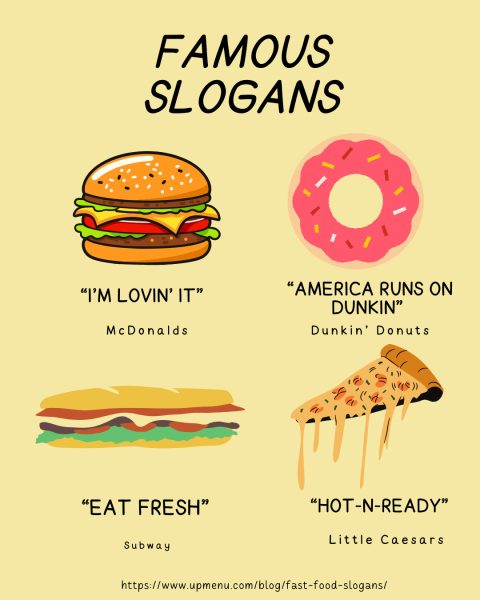
“My go-to fast food slogan has to be from Arby’s because it’s incredibly catchy. ‘We have the meats’ not only sticks in your head, but it captures the variety of their menu. It’s like they’re speaking directly to what makes them unique, and I think that really resonates with their audience,” senior Nadia Estimé said.
1980s-1990s: the rise of convenience
Amidst the glow of the 1980s, fast food continued to evolve. Drive-thrus became synonymous with efficiency and the concept of value meals and combo deals took root. Fast-food consumers also wanted healthier options, leading McDonald’s to introduce the Garden Fresh Salad in 1987 and Wendy’s to launch the Taco Salad and Grilled Chicken Sandwich in the mid-1980s. Subway, a rising star, emphasized lower-calorie sandwich choices with fresh vegetables. Burger King joined the health-conscious trend, introducing the BK Veggie Burger in the late 1990s.
2000s-2010s: embracing transparency
Entering the 2000s, a wave of health-consciousness swept through the fast-food industry, prompting a significant shift towards transparency. Establishments such as McDonald’s introduced grilled alternatives, while also providing nutritional information on menus. The concept of transparency gained momentum in the 2010s, with a heightened focus on sourcing practices and ingredient quality. Cooperations, including Chipotle, led the charge by emphasizing the use of fresher, locally sourced and responsibly raised ingredients.
Present day: technological transformation
Fast-food corporations continue to embrace cutting-edge technologies, introducing mobile apps that offer online ordering, customized preferences and streamlined payment options. With the rise of contactless transactions and delivery services, customers can now enjoy their favorite fast-food fare with unprecedented convenience. The integration of technology not only caters to the demands of a digital-savvy generation but also reflects the industry’s commitment to adaptability and innovation.
“All of the new technology has definitely made fast food even more convenient. You can order your food online just the way you like and, and then go pick it up or even get it delivered to your house. I think fast food will just keep evolving into the future with all the new advancements” Estimé said.
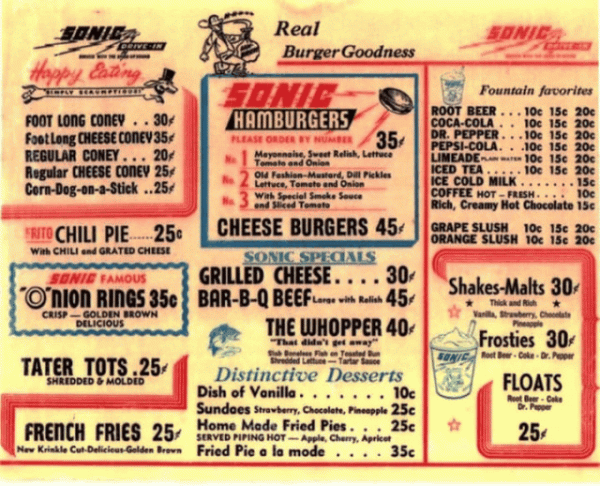




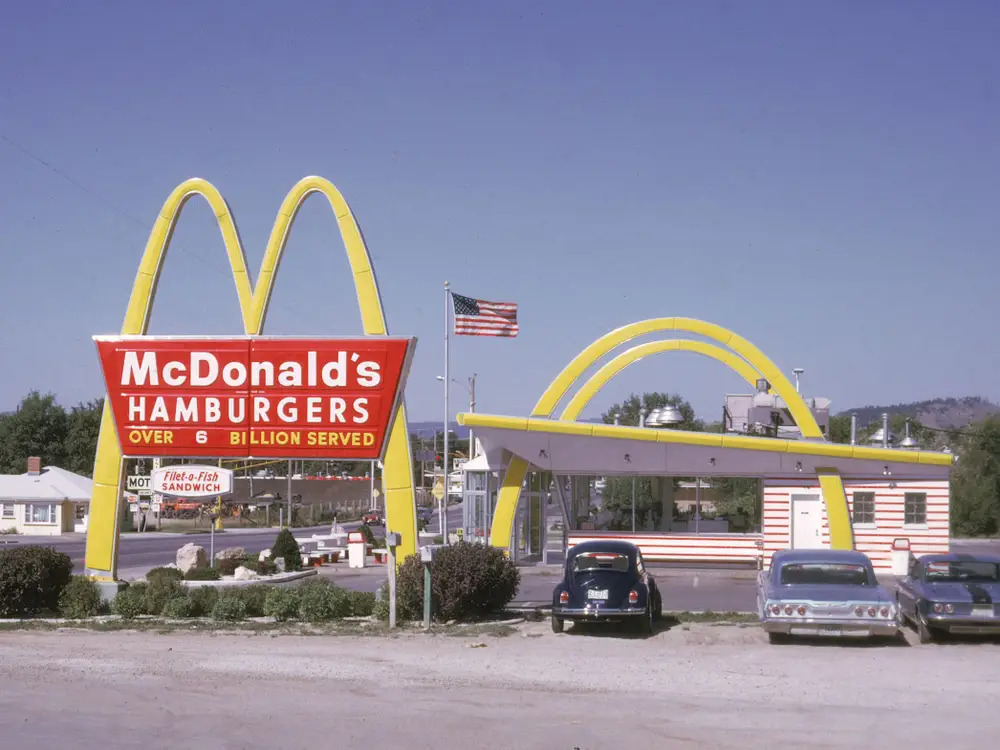







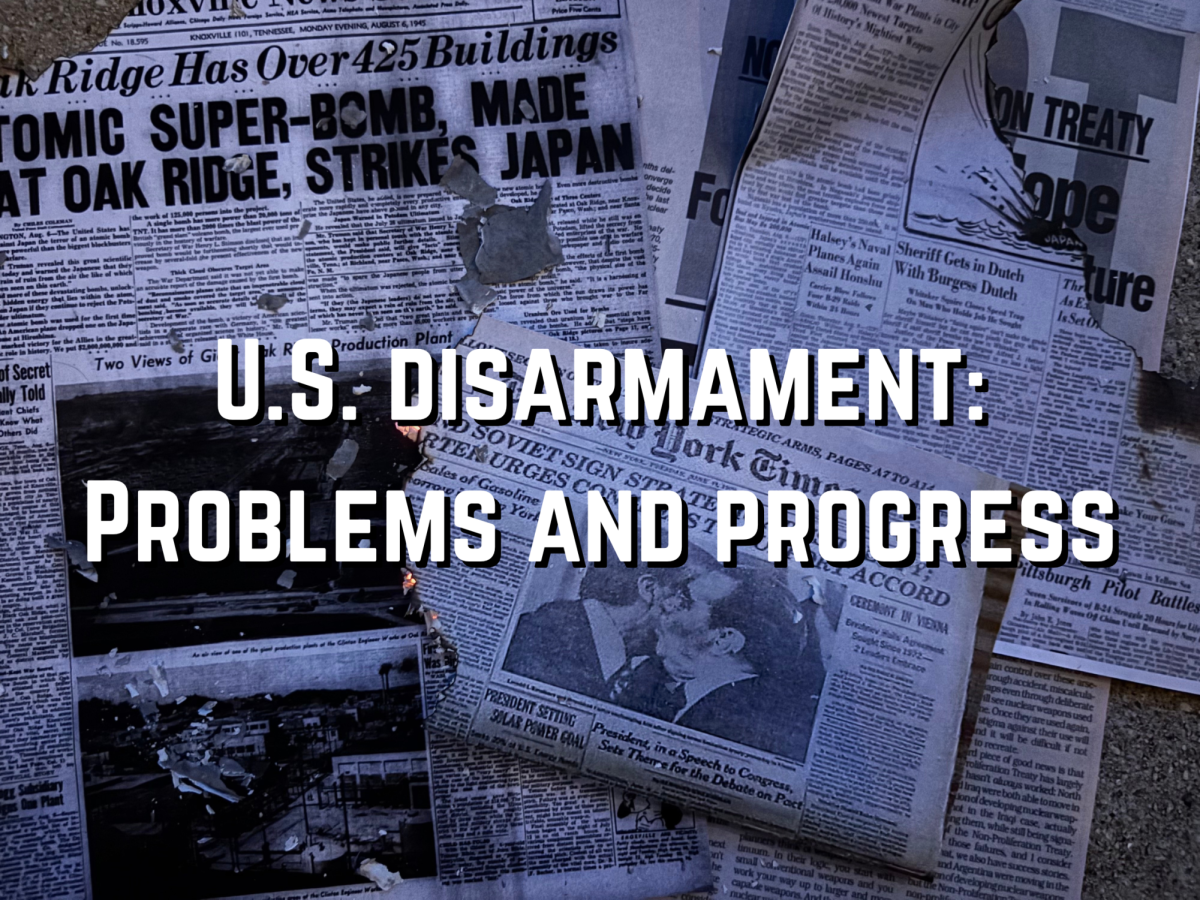


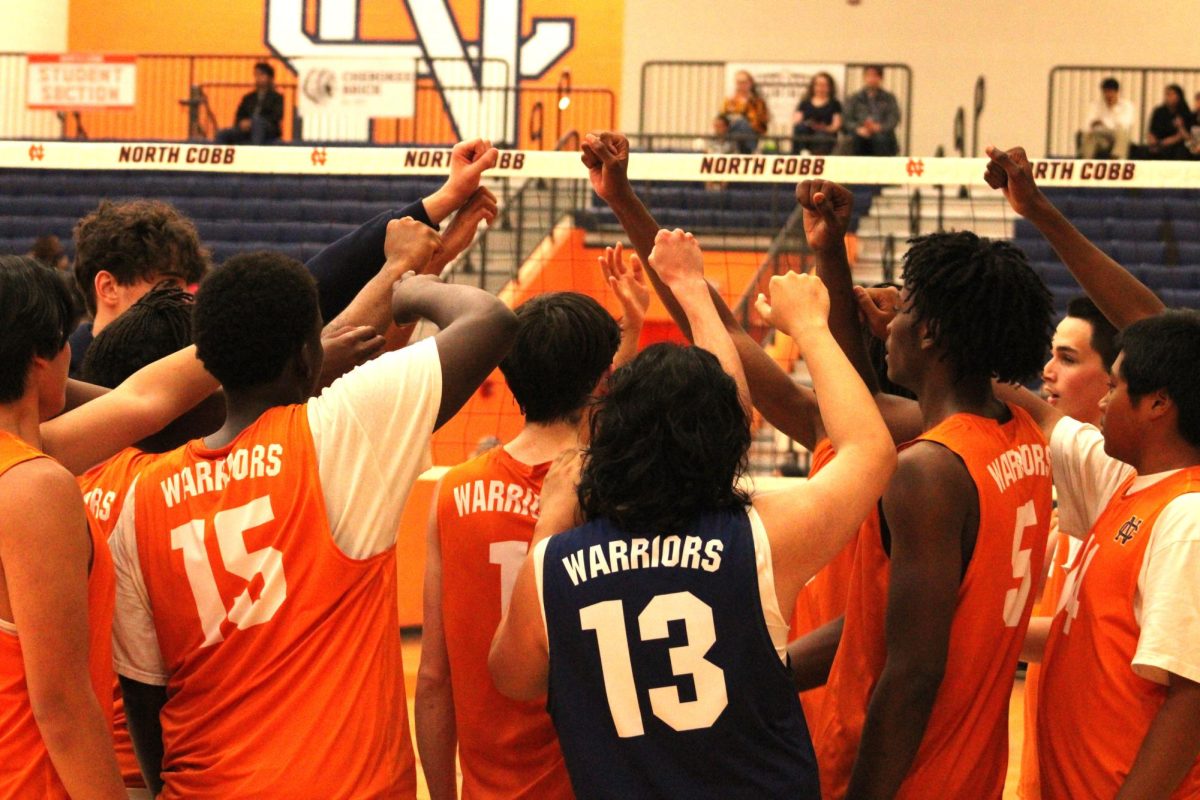

Ray Kroc • Feb 28, 2024 at 12:37 PM
This was such a fascinating article and incredibly well-written, hats off to drive-thru aficionado and Smoothie King employee of the century Ms Cuffie on this one!!